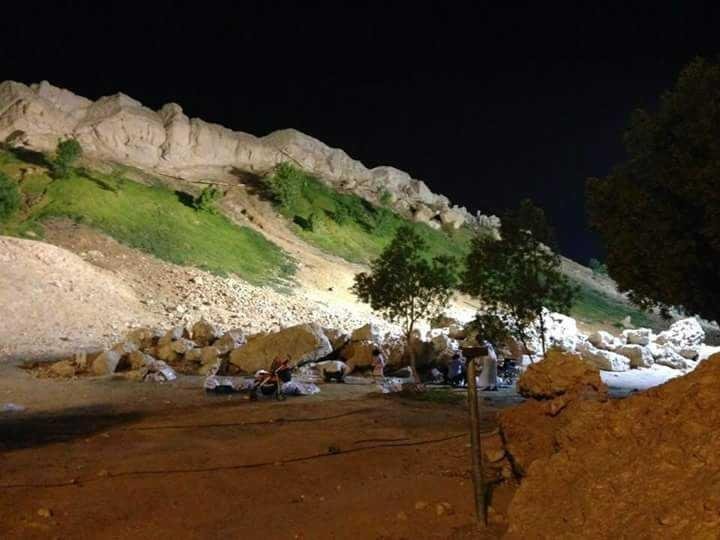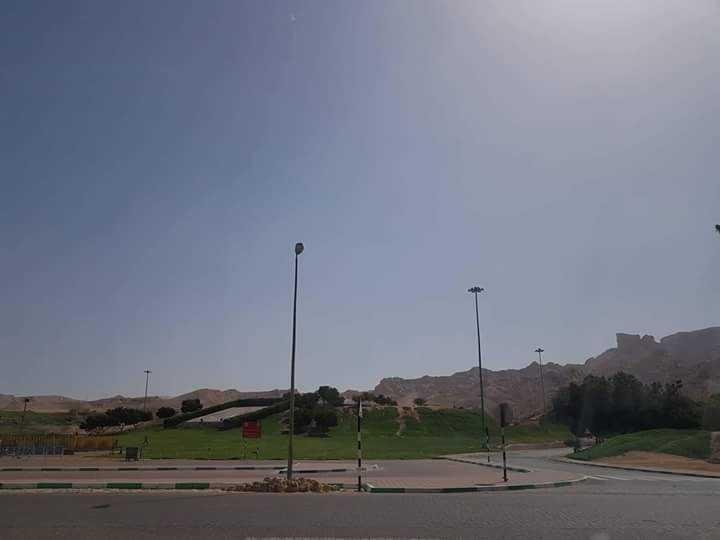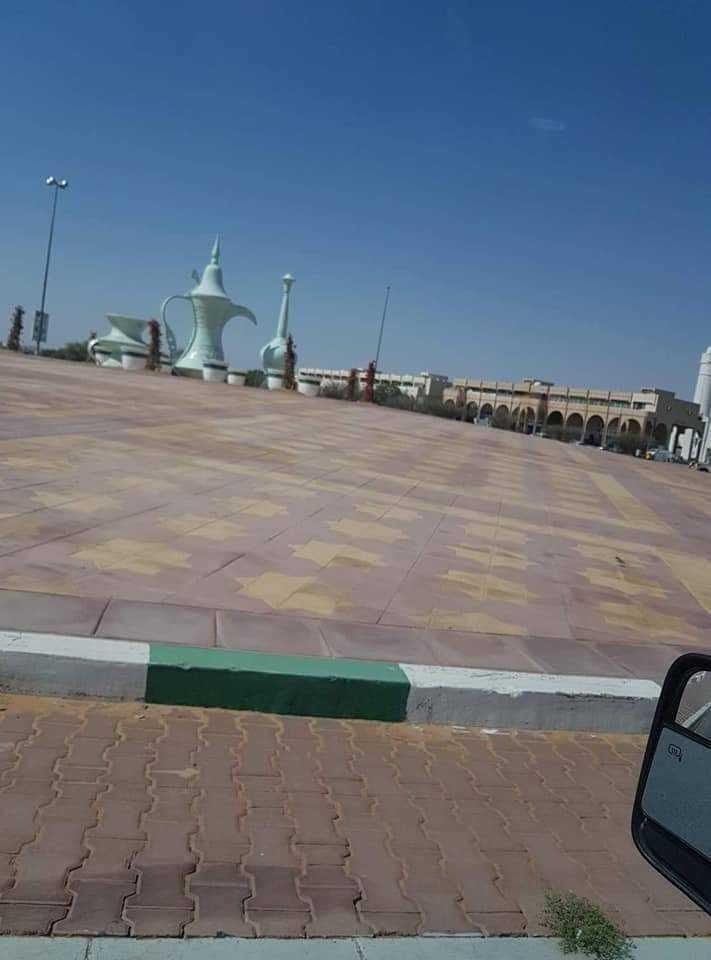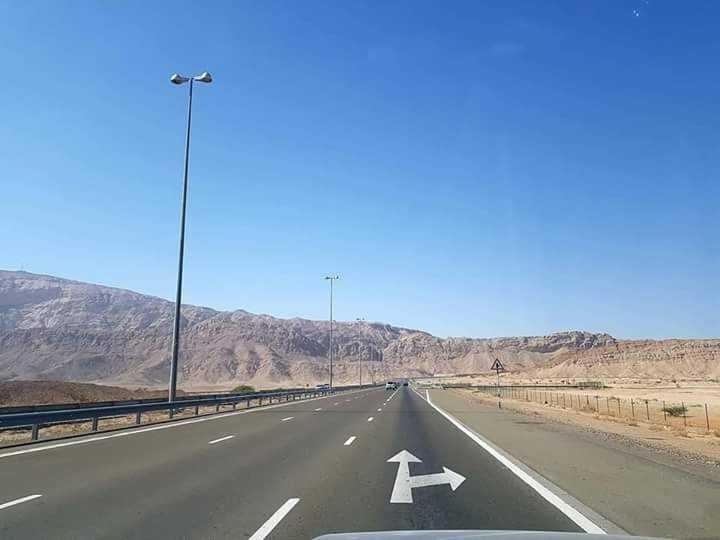Al Ain is a city of the Emirate of Abu Dhabi in the United Arab Emirates , located near Amman. Al Ain is the fourth largest city in the UAE . Its population is estimated at 874,000 [1] (according to 2009 estimates). Al Ain is described as the Garden City of the UAE . Still retain some of the previous traditions as camel racing practice. The highways link Al Ain, Abu Dhabi and Dubai, forming a geographic triangle in the center of the country, while each city is about 150 kilometers away from the other two cities.

This area is historically known as the Al Ain Oasis, which means the fountain of water and the history of the eye dates back to three thousand years BC and is considered the center of the country's cultural heritage. It is the first place of his reign , Sheikh Zayed bin Sultan Al Nahyan , President of the State of the United Arab Emirates . Al-Buraimi's name today refers to the Omani city that shared Al Ain in one urban area. Al Ain and Al Barimi had open borders between them until September 142006 until they were seen as one city until the UAE government decided to close the open border. Citizens with nationalities from the Arabian Gulf can pass through the main crossing, while foreigners are required to pass either the Hili crossing or the Khatam Formation crossing. The area has a large number of water springs, which explains the region's appeal as a suitable place for stability. It also features a traditional traditional heritage, including camel racing and rearing, and traditional aflaj irrigation methods Is used in some areas where it distributes groundwater through a network of tunnels where these aflaj ends with open channels from which water flows in a systematic and orderly manner.

Al Ain is located in the eastern part of the Emirate of Abu Dhabi, located just south of Dubai and east of Abu Dhabi. The Eastern Province covers an area of approximately 13,100 square kilometers. It is bordered to the east by the Sultanate of Oman, bordered to the north by Dubai and the Emirate of Sharjah , while Abu Dhabi is bordered by the west, the Empty Quarter desert and Saudi Arabia to the south. The eye has unique natural features, which vary as they enter the east. Jebel Hafeet is one of the landmarks of the city of Al Ain and is located to the southeast with a height of 1,300 meters. It is also bordered by sand dunes, which vary in nature and are red-colored by iron oxide from the north and east.
The average rainfall in the city of Al Ain is about 95 mm, while the average relative humidity is 60% (according to reports from the United Arab Emirates University, 1993). The low humidity in the city of Al Ain especially during the summer makes it a destination for many at this time of year. The Bohr classification (1997) of the UAE climate is very drought, divided into four climatic zones: the coastal region along the Arabian Gulf, the mountainous areas in the northeast of the United Arab Emirates, the gravel plains around the Al Ain area, and sandy desert in the middle The country and its south. Rainfall and lower temperature in the north-east are more frequent than in the southern and western regions. The average monthly rainfall for the city of Al Ain was estimated at (100-120 mm) from 1970 to 1992.
A number of Arab and Asian communities, especially those coming from the Indian peninsula, live in Al Ain alongside UAE nationals. It is also inhabited by many Pakistanis, but the number of foreigners residing from Western countries is lower than in the major centers in Abu Dhabi and Dubai . That the strict rules of control applied to modern buildings, so that the building does not exceed seven floors, increases the greenery of the city.



The growing interest in increasing the green area more than in many major cities, Al Ain is the largest park in the UAE.
This user is on the @buildawhale blacklist for one or more of the following reasons: